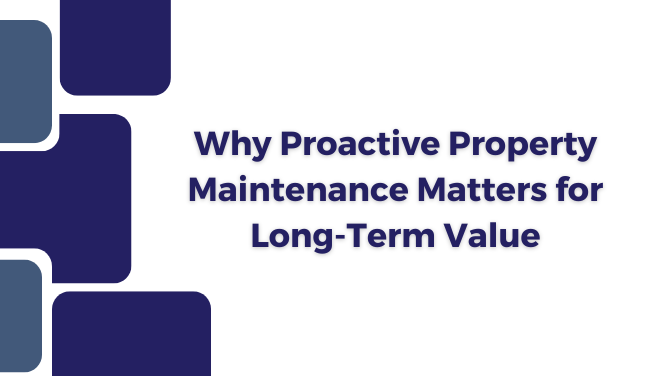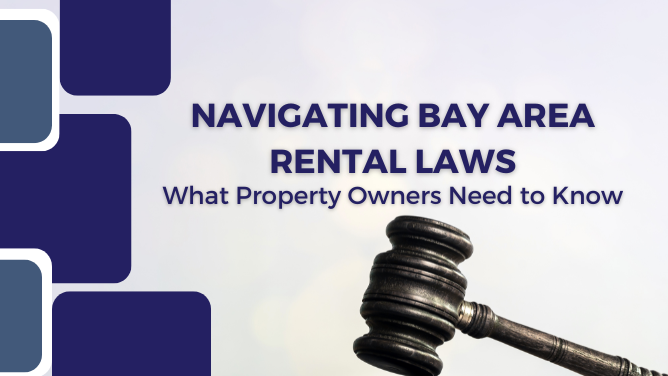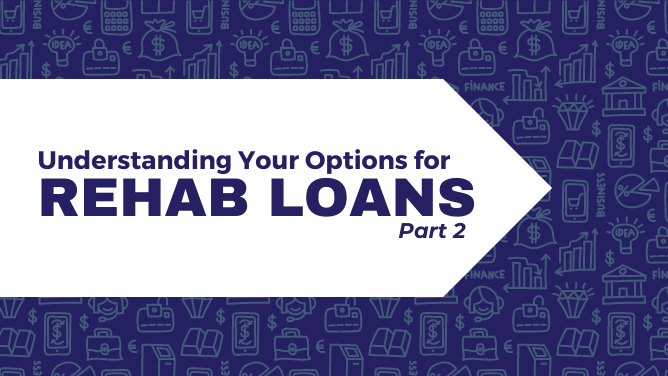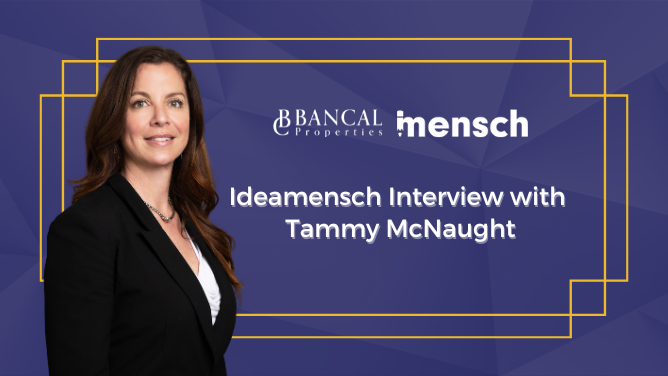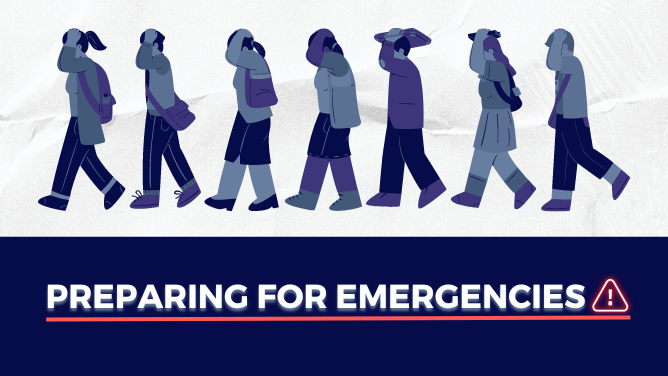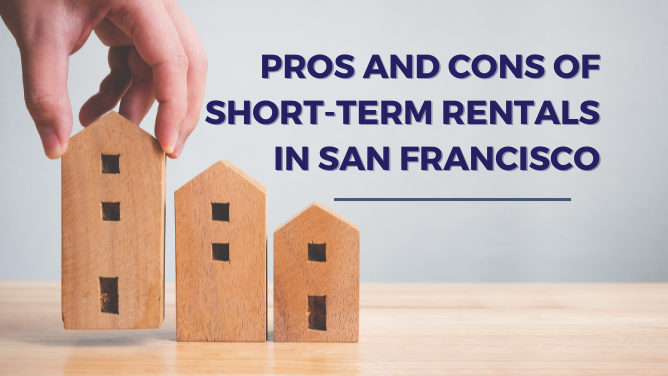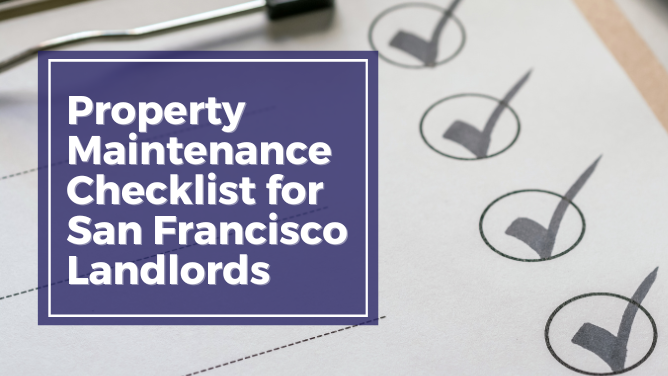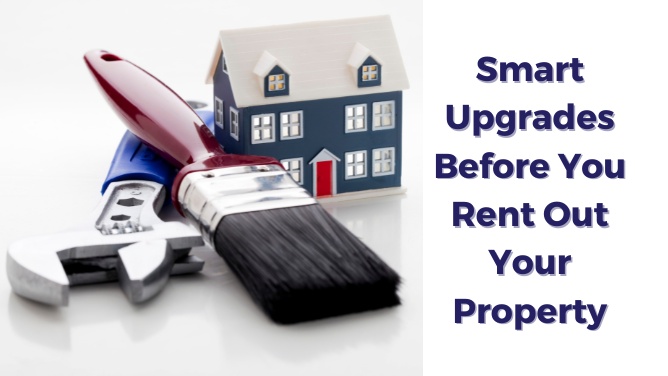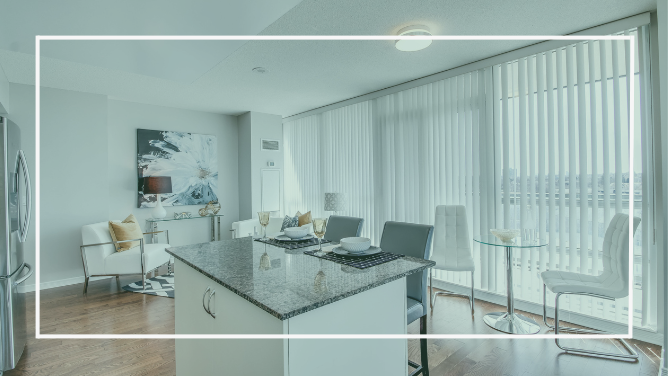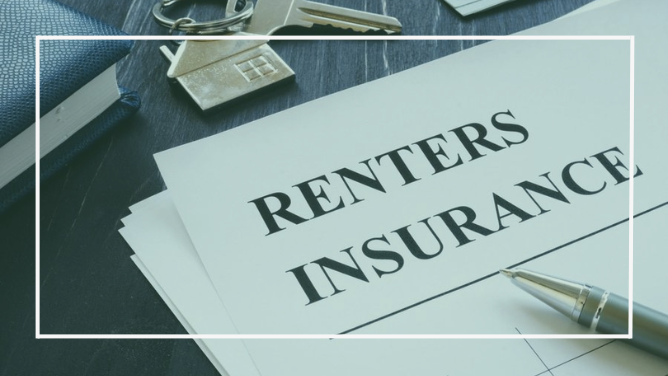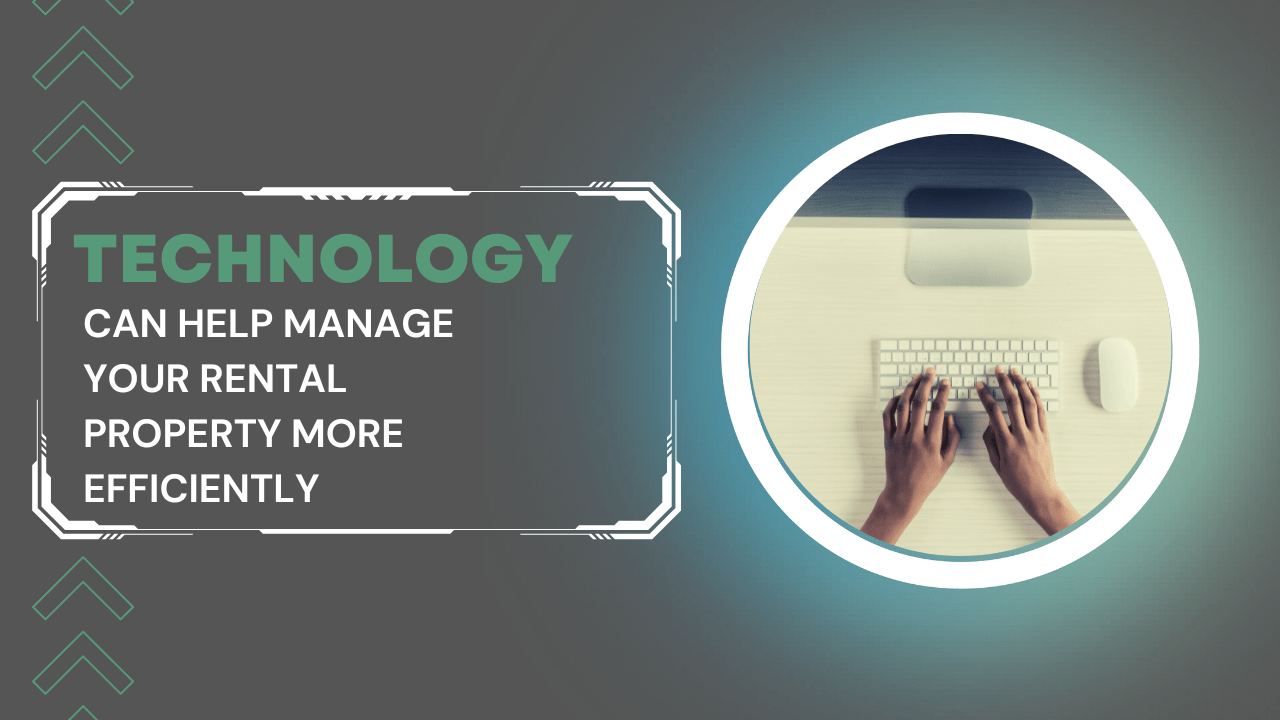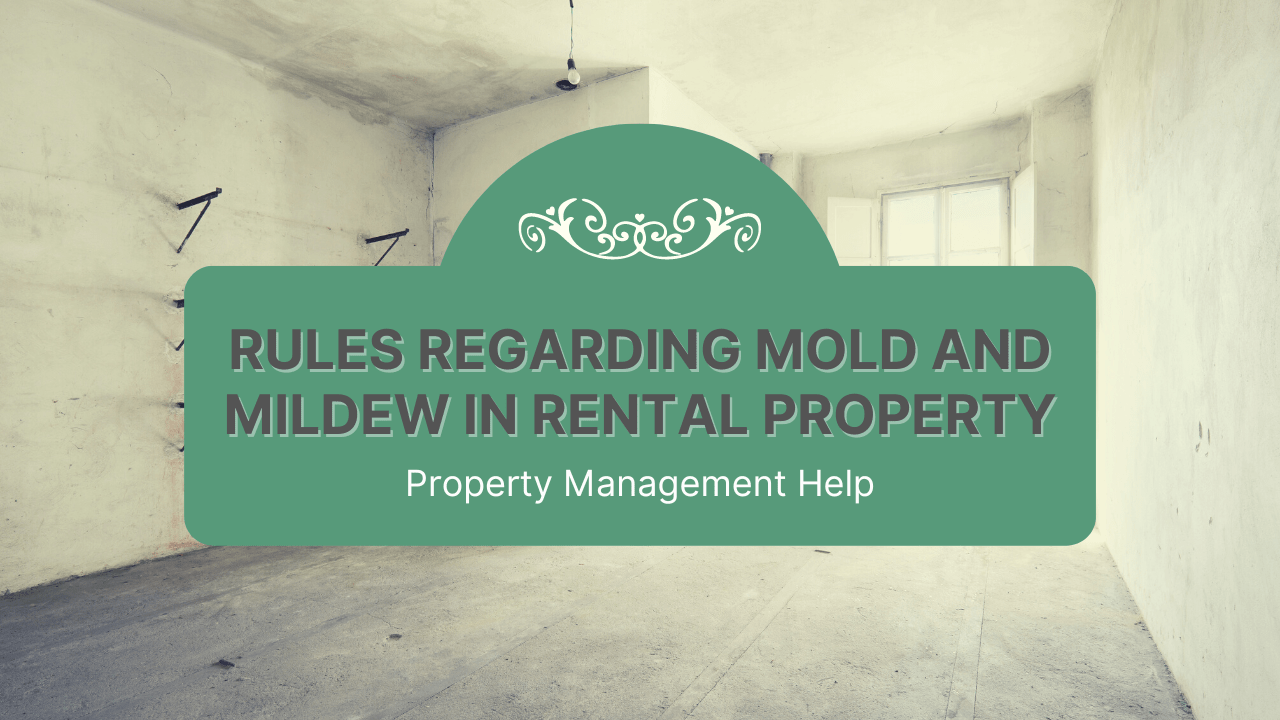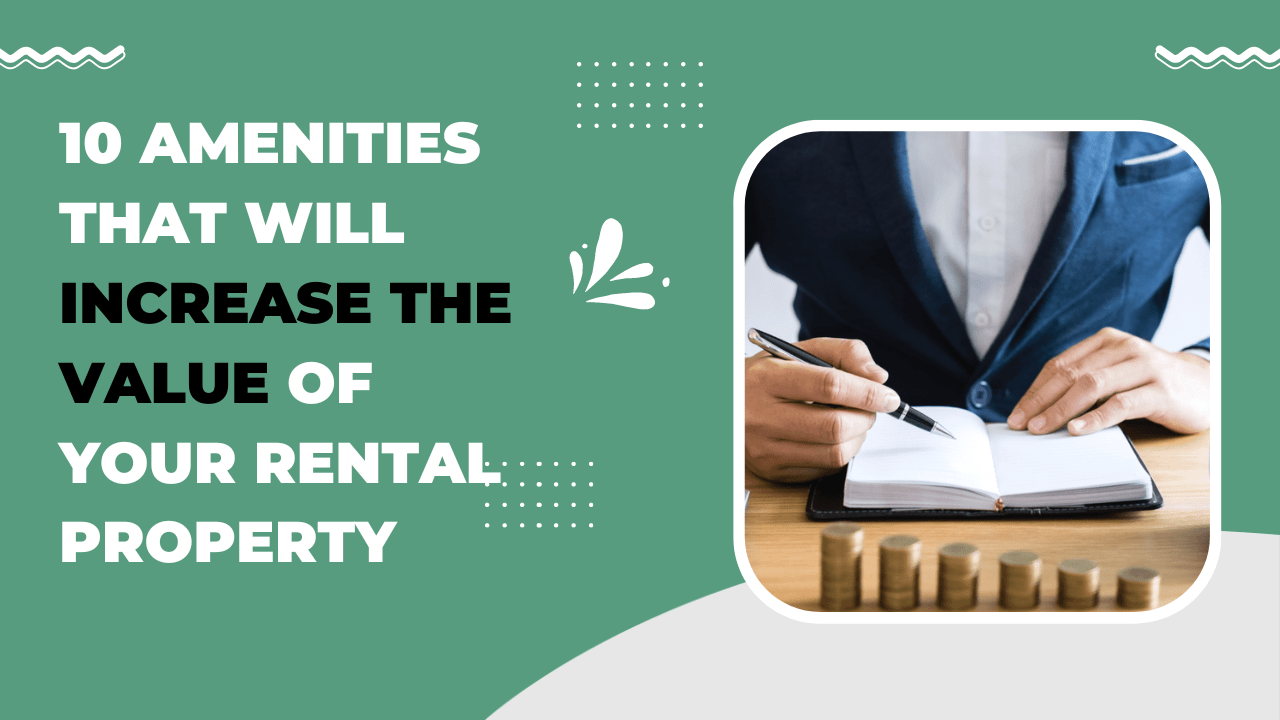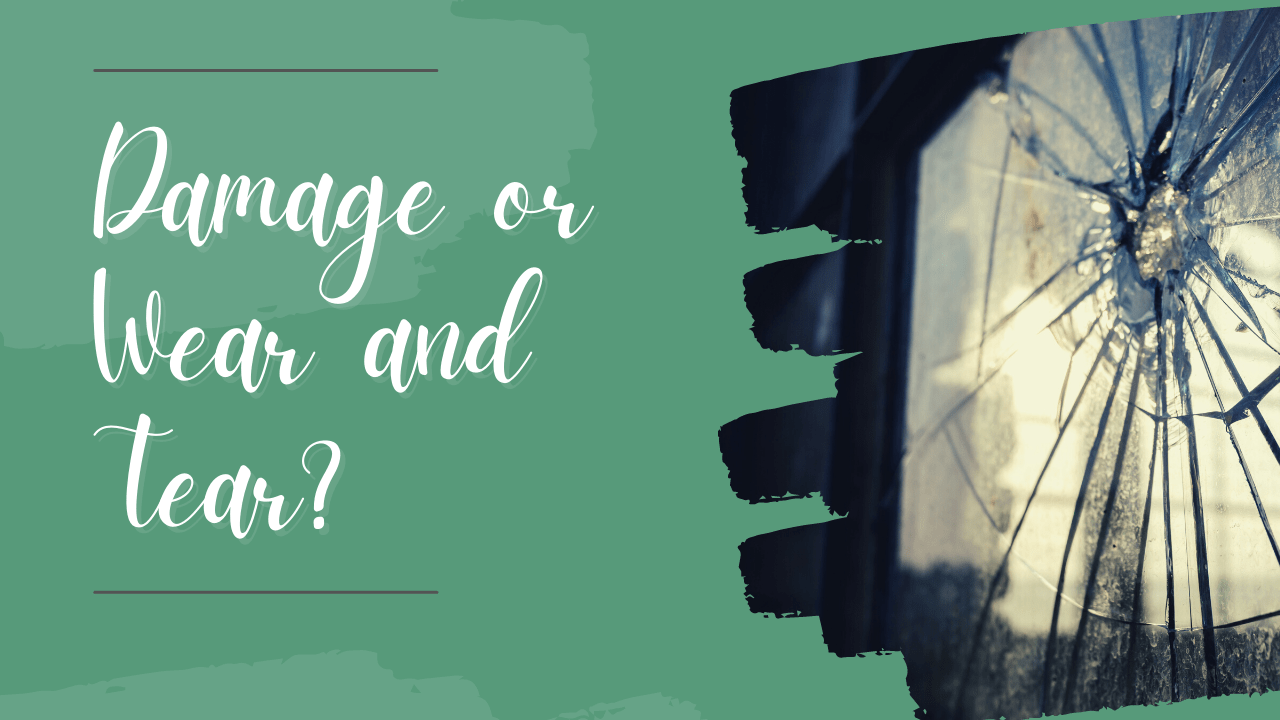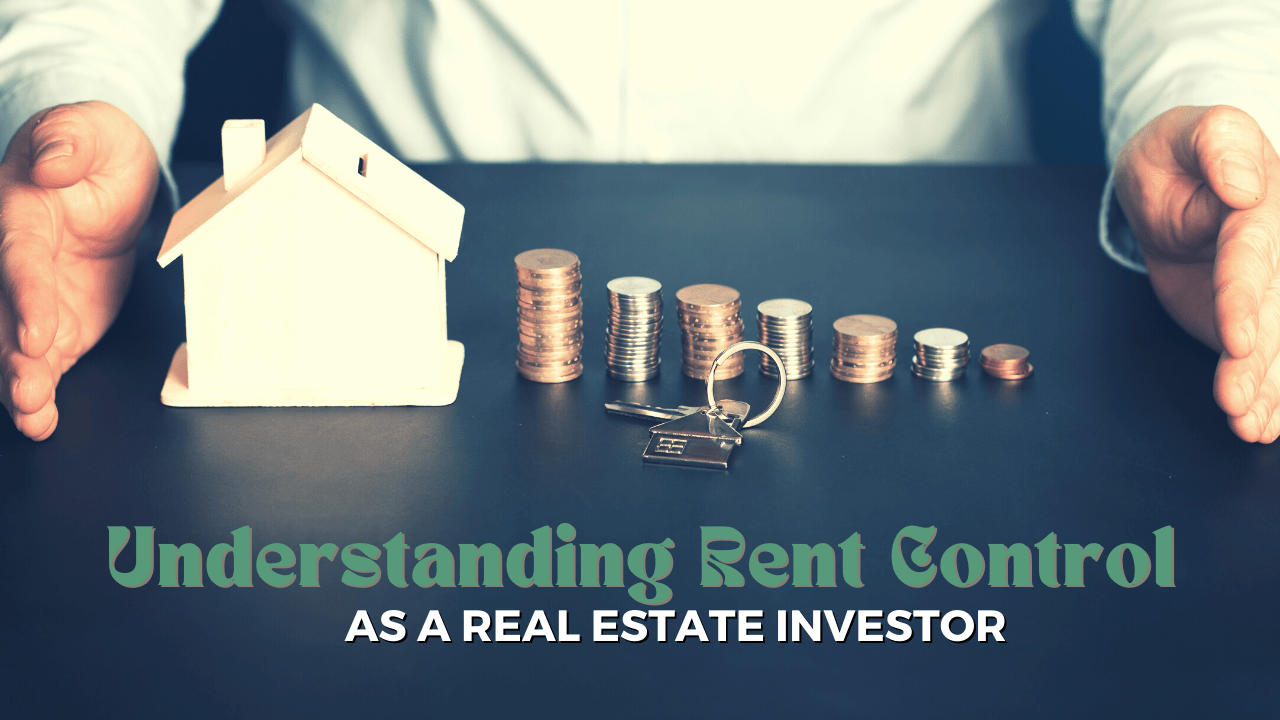Understanding Your Options for Rehab Loans - Part 1
Are you a real estate investor looking to take your business to the next level?
Understanding your financing options is crucial in empowering your success. One popular financing solution for real estate investors is rehab loans. Whether you're a seasoned investor looking to flip properties or a first-time investor wanting to renovate and rent out a property, rehab loans can provide the necessary funds to complete your projects.
We will explore the various options available to real estate investors when it comes to rehab loans. From traditional banks to private lenders, we will break down the pros and cons of each option, helping you make an informed decision about which financing avenue best suits your needs.
By delving into the world of rehab loans, you will gain insight into the different types of loans available, the eligibility requirements, and how to maximize your chances of obtaining the necessary funding. Unlock the power of rehab loans and take control of your real estate investment endeavors today.
So, whether you're a novice or an experienced investor, this is the ultimate guide to understanding your options for rehab loans. Let's get started on your journey to financial empowerment.

Benefits of rehab loans for real estate investors
Real estate investors have long recognized the value of rehab loans in transforming properties and maximizing their investment potential. These specialized financing options offer a range of benefits that can empower investors to take on ambitious projects and achieve greater success.
One of the primary advantages of rehab loans is the ability to access funds for property renovations and improvements. Traditional mortgage loans often fall short when it comes to covering the costs of extensive repairs or upgrades, leaving investors to rely on their own savings or other sources of financing. Rehab loans, on the other hand, are designed to provide the necessary capital to address structural issues, update outdated systems, and enhance a property's overall aesthetic appeal.
A significant benefit of rehab loans is the flexibility they offer. These financing solutions are typically structured to accommodate the unique needs and timelines of real estate investors. Unlike conventional mortgages, which may have strict guidelines and lengthy approval processes, rehab loans often feature more streamlined application procedures and shorter turnaround times. This allows investors to act quickly on promising investment opportunities and stay ahead of the competition.
Types of rehab loans available
When it comes to rehab loans, real estate investors have a variety of options to choose from, each with its own set of features and benefits. Understanding the different types of rehab loans can help investors make an informed decision and select the financing solution that best aligns with their investment strategy and property goals.
| Rehab Loans | Benefits |
|---|---|
| Federal Housing Administration (FHA) 203(k) Loan: One of the most well-known rehab loans, backed by the US Dept of Housing & Urban Development (HUD) | Provides financing for the purchase and renovation of a property. It allows borrowers to combine the cost of the home and estimated renovation expenses into a single mortgage, simplifying the process and reducing the need for additional funding sources. |
| Fannie Mae Homestyle Renovation Loan: Offered by government-sponsored enterprise Fannie Mae. | It enables borrowers to finance the purchase or loan on a property, as well as the cost of renovations. It can be used for a wide range of projects, from minor cosmetic upgrades to major structural changes, making it a versatile choice for real estate investors. |
How to Qualify
Requirements may vary depending on the type of rehab loan & lender, but there are several common factors that investors should be aware of when seeking this type of financing.
One of the primary requirements for a rehab loan is the borrower's credit score. Lenders typically look for a credit score that meets or exceeds a certain threshold, often 620 or higher, which demonstrates the borrower's creditworthiness and ability to manage debt responsibly.
Lenders will also consider the borrower's income and debt-to-income (DTI) ratio. Rehab loan applicants must have a stable source of income and a DTI ratio that falls within the lender's acceptable range, typically 43% or lower. This ensures that the borrower has the financial capacity to make the necessary mortgage payments and cover the costs of the renovation project.
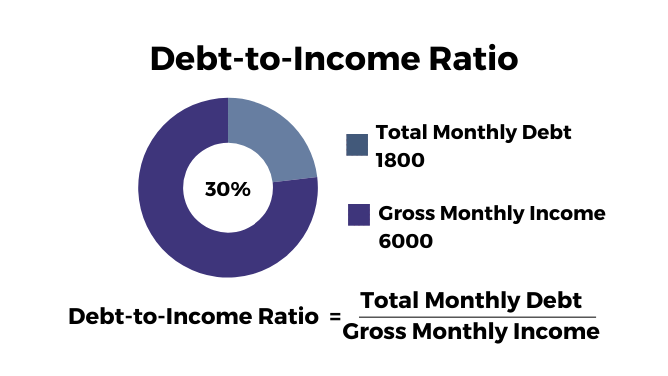
Terms & Conditions
Rehab loans come with their own set of terms & conditions that real estate investors should carefully review & understand before committing to a financing solution.
A key factor to consider is the loan-to-value (LTV) ratio, which represents the amount of the loan relative to the property's value.
Formula
𝐿𝑇V 𝑟𝑎𝑡𝑖𝑜 = 𝑀𝐴 / 𝐴𝑃𝑉
Where:
𝑀𝐴 = Mortgage Amount
𝐴𝑃𝑉 = Appraised Property Value

Rehab loans typically have a higher LTV ratio than traditional mortgages, often ranging from 80% to 97.75% of the property's after-repair value (ARV), which allows investors to access a larger portion of the funds needed for the renovation project.
An important aspect of rehab loan terms is the
interest rate. These financing solutions often come with higher interest rates than conventional mortgages, reflecting the increased risk of financing a property needing substantial repairs. However, the higher interest rate may be offset by the ability to transform & sell the property at a higher value quickly.
Rehab loans offer a valuable financing solution for real estate investors aiming to transform properties and maximize their investment potential. By understanding the various options available, from traditional banks to private lenders, you can make informed decisions that align with your investment strategy and goals. Rehab loans provide the necessary funds for property renovations and offer flexibility and streamlined processes, allowing you to seize opportunities and stay ahead in the competitive real estate market.

Here at BanCal, we are dedicated to helping investors like you unlock the full potential of their real estate projects. Our expertise and resources can guide you through the complexities of maximizing the long-term growth of your property. Ready to take your real estate investments to the next level with the power of proactive and customized property management? Contact us today to learn more about our services.
Tune in to our next blog post for detailed insights into finding the right lender for your rehab loan, understanding the rehab loan application process, and getting tips for successfully using a rehab loan.




